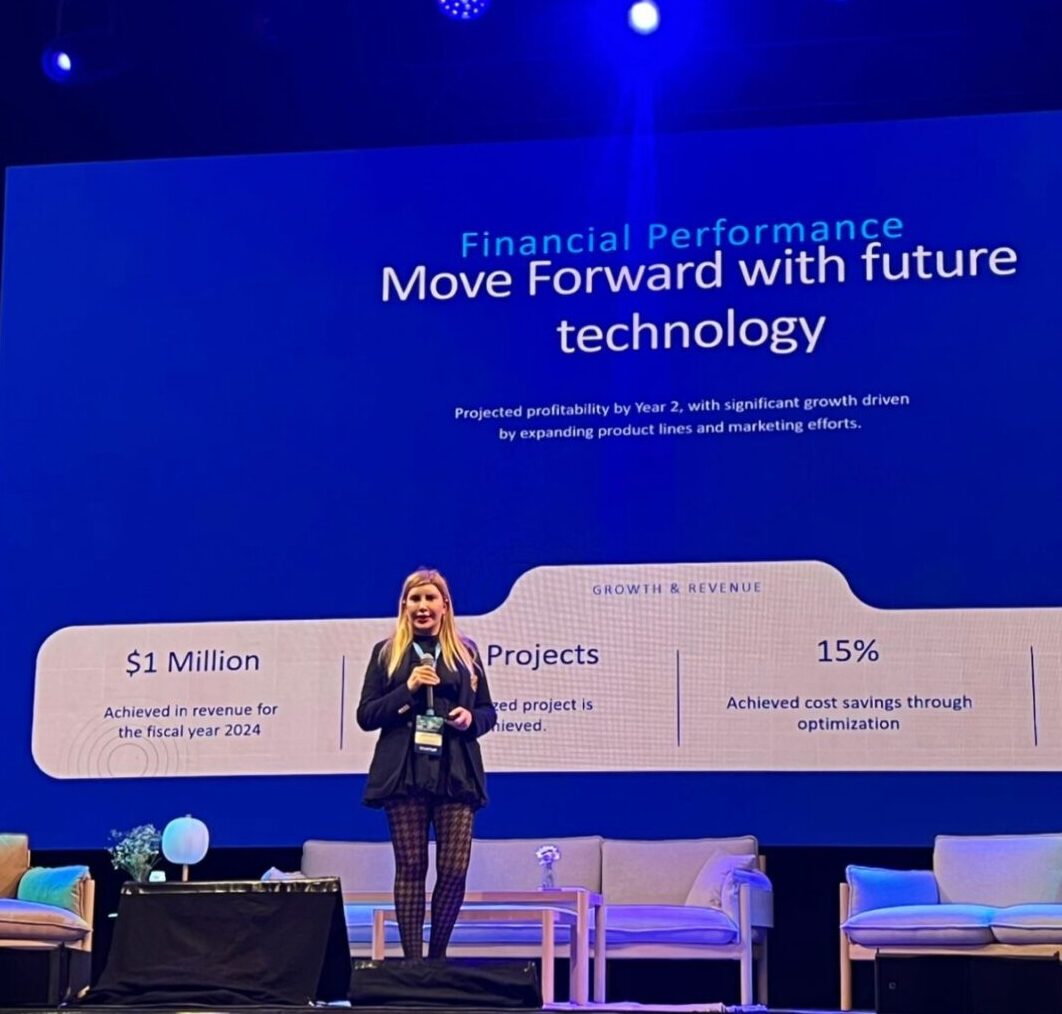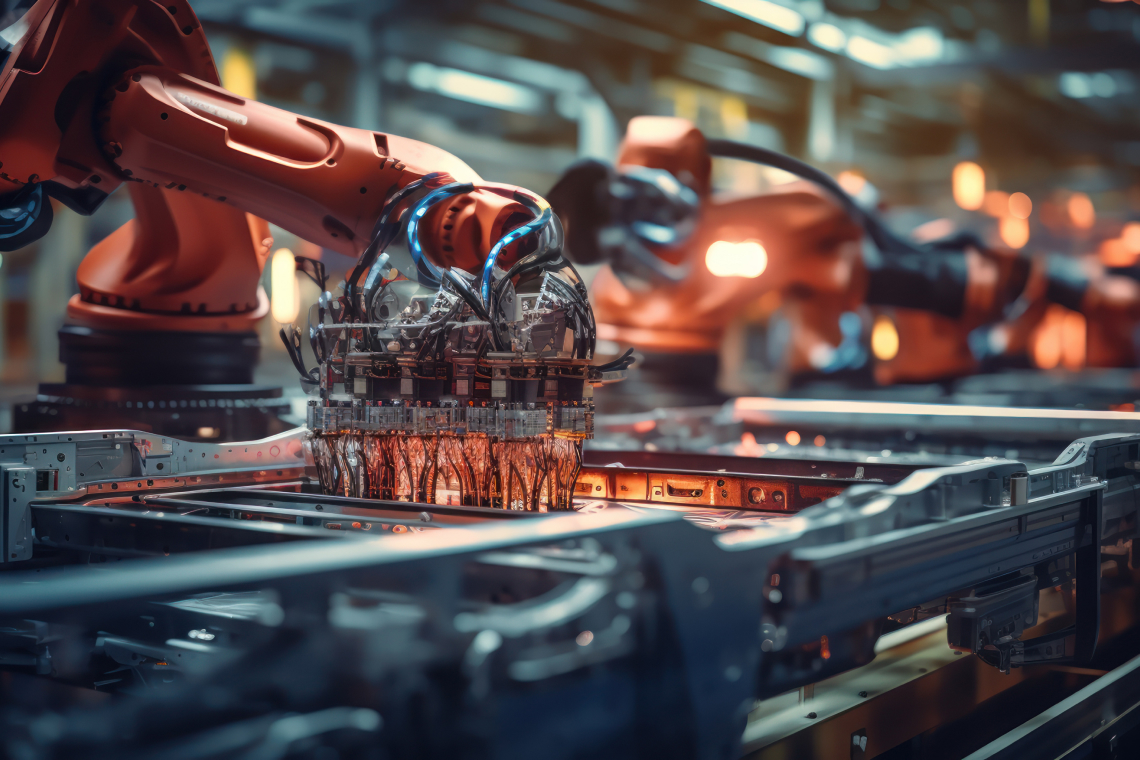What is a Robot?
What is a robot and what is a robot are autonomous machines that are specially designed to perform complex tasks, can sense their surroundings and make intelligent decisions. But this is an overly general definition that can be given as an answer to the question of what is robot technology. There can be many different robot systems, and these robot systems can be involved in many different tasks. So it is very difficult to give a specific definition of what robots are.
While space robots like Sojourner and Curiosity land on Mars, cleaning robots like Roomba and Neato Botvac clean dust between home furniture, robots like SOFIA repeat pre-memorized sentences that would be endearing to humans in a robotic voice, and robots like Pocketalk Translator translate simultaneously. Humanoid robots like ASIMO and Atlas are human-like, while robots like Aibo and Spot resemble animals. Scara Robot and Delta Robot play a role in the establishment of robot automation systems as part of automation systems, while military robots such as TALON and BigDog take part in conflicts.
As Nilus Engineering, we will step into the rich and diverse world of robots in this article and tell you about the history of robots, what kind of jobs they are used in today, robotics professions, different robot types and much more.
What does Robot Mean in English? Where Does the Word Robotics Come From?
Origins of the Word Robot
The word robot is actually quite a new word. It can be said to have a history of about 100 years. Introduced to the world by Czech novelist and playwright Karel Čapek and first used in the 1920 play Rossum’s Universal Robots, the word is rooted in the word robota in the Slavic world. Robota means forced laborer, servant. In fact, this summarizes the function of the robot today. In medieval Europe, the word robota was used to describe serfs, forced laborers who paid taxes to feudal lords in exchange for tilling their land.
In Karel Čapek’s Rossum’s Universal Robots, similar to Mary Shelley’s Frankenstein, robots without souls and only able to fulfill the given tasks are produced by using the latest developments in science for jobs that humans do not want to do. Karel Čapek initially thought of using the Turkish word labor, which can mean worker, laborer, etc., instead of robot, but then decided on the word robot, thinking that this word was too simple and bookish.
Because of the game’s ending, it can be said to be the ancestor of modern science fiction series such as Battlestar Galactica. Similar to Battlestar Galactica, in Rossum’s Universal Robots, robots rise up against humans and kill them all. But after most of the humans die, there is no one left in the world who knows how to build robots.
Origins of the Word Robotics
We mentioned that the word robot was coined by Karel Čapek, while the word robotics was coined by Isaac Asimov, a famous science fiction writer.
While Karel Čapek had a pessimistic view of robots, as evidenced by his famous play Rossum’s Universal Robots in which robots eliminate humans, Isaac Asimov’s approach to these forced laborers is much more optimistic. Asimov thinks that robots will be the greatest helpers of humans in the future and that robots cannot rebel against humans even if they want to.
Isaac Asimov identified 3 minimum conditions for something to be a robot. These conditions are now known as Asimov’s 3 Laws of Robotics and these 3 laws are as follows:
First Law
Robots cannot harm humans and cannot stand by and watch humans being harmed.
Second Law
Robots must obey the orders of humans in all cases that do not contradict the first law.
Third Law
Robots should strive to preserve their own existence in any situation that does not contradict the first and second laws.
History of Robots
The first known robot was built in 1950 by George C. Devol, an inventor from Kentuckly. The first programmable robot produced by George C. Devol was named Unimate, after Universal Automation. George Devol wanted to put this robot on the market and sell it, but failed.
Joseph Engleberger, impressed by Devol’s invention, bought Devol’s robot and produced the first industrial robot with various modifications. Engleberger put this first robot on the market under the name Unimation and was successful. Engleberger is known as the Father of Robotics for his contributions to the field of robotics.
Universities have also played a major role in the development of robots. In 1958, Stanford University produced Shakey, a more advanced version of the Unimation robot. Thanks to its sensor eyes, Shakey was able to perceive its surroundings and react to its environment to a certain extent.
What Makes Robots Robots?
What makes an apple an apple? There are many different apples in different colors – green, yellow, red – and in various sizes. But how do we know that each one is an apple despite all these differences? Is it the smell, the taste, or is it because each one fulfills some basic assumptions about apples in our minds?
Just like apples, there are many different colors and shapes of robots on the market. An object that resembles a small cell phone, such as the Pocketalk Translator, is called a robot, while technologies such as Julia, which looks nothing like a human and can move on two legs, are also called robots.
But what is the reason for using the term robot for these two completely different technologies?
What are the minimum requirements for something to be considered a robot?
Basically, in order for a robot to be considered a robot, it must have the following 5 characteristics:
- Programmability
- Detection
- Processing
- Action
- Autonomy
- Programmability
Robots must be programmable with robot programming to perform various tasks. This ensures that the device can follow the instructions given. The robot programming language used in robot programming can be C++ or Python.
You can find more information about robot programming in our articles “Top 10 Most Popular Robot Programming Languages” and “All About Robot Programming”.
Detection
Robots are able to perceive the world around them in order to perform certain tasks. The system that enables robots to perceive the world around them can be a sensor or a complex camera system.
Processing
Robots must be able to process the information they receive and make appropriate decisions in order to learn from their mistakes and find the optimal path or to perform simple operations. This processing capability of robots can be based on a microcontroller or a complex computer.
Action
Robots do not have to physically move. But they must be able to influence their environment or take action. This action can include the production of a data output.
Autonomy
The aim of the emergence of robots is to fulfill tasks at low cost. Therefore, robots should be able to perform the given tasks on their own, at least at a certain level. In this respect, each robot should have a certain autonomy.
What Can Robots Do?
Robots have many different advantages over humans. In this section, we will talk about the various tasks and advantageous features that robots, which are frequently used in robot automation systems, can perform perfectly unlike humans.
They can perform repetitive and boring tasks flawlessly
Robots save us from many tedious repetitive tasks. Thanks to robots, completely technical and non-creative tasks such as assembly line tasks, data collection, data analysis, etc. can be performed quickly and efficiently, allowing people to shift to more creative areas and perform their jobs in strategic positions in a more satisfying way.
With the help of sensors, they can perceive their environment beyond human capacity
With the help of sensors supported by highly sensitive cameras and microphones, robots can hear sounds at levels that humans cannot hear, see in areas too dark for them to see, and perform their tasks at the highest level. Thanks to this level of perception, they can anticipate dangers and produce much smoother products by maintaining a certain quality standard.
24/7 They Work with Extraordinary Speed and Power
Robots, unlike humans, do not need breaks. Moreover, they don’t even sweat as they fulfill their tasks morning and night. Working non-stop, robots can lift many heavy objects with great force on assembly lines and put them where they need to be with extraordinary speed.
Like a genius, they perform their tasks without ever losing their concentration
People can easily get distracted while doing their work. This is quite normal. But this is not the case for robots. Robots can work for hours without any distractions. Moreover, they do not complain for a moment. With these features, robots cause a great increase in efficiency in production lines.
Excellent Memory
As human beings, we can recall various memories inaccurately. We may miss various points about the details of what we do, or even construct them in a completely different way. This is not the case with robots. Robots store all the details of their previous tasks in their memory and can learn from them to find more optimal ways of working.
What are the Types of Robots?
In the most general sense, it can be said that there are six types of robots. These six robot types include collaborative robots (cobots or collaborative robots), service robots, medical robots, industrial robots, entertainment robots and educational robots.
What is a Collaborative Robot (Cobot)?
In the previous parts of our article on what is a robot, we talked about autonomy as one of the things that make robots robots robots and mentioned that every robot should be autonomous at a certain level. Collaborative robots, also called cobots, are one of the best examples of semi-autonomous robots.
Cobots are not fully autonomous machines. That is, they cannot work completely on their own. Collaborative robots are intelligent robot systems that need human support to fulfill their tasks. Examples of collaborative robots frequently used in industrial automation systems and daily life include drones, artificial intelligence robots such as Siri, ABB YuMi, KUKA LBR iiwa, Fanuc CR-35ia and many more.
Collaborative robots increase the efficiency of industrial production and the speed of workers. Collaborative robot systems are expected to play an important role in the future.
For more information about collaborative robots, you can take a look at our article “What is Cobot?”. You can also contact us to enrich your robot automation systems with collaborative robots and get more detailed information about our cobot service.
What is a Service Robot?
The most common robots we encounter in daily life are service robots. Service robots, which can also be called companion robots, make life much easier, especially for the elderly. One of the most prominent examples of service robots that can perform difficult physical tasks such as cooking and cleaning in a simple way is cleaning robots such as Roomba and Neato Botvac.
Service robots are also frequently used in hotels. Service robots, which are used in the restaurants, receptions and cleaning of hotels, change the way hotels operate and serve the emergence of a new concept called robot hotels. The Connie robot used by Hilton and Botlr used by Aloft Hotels have pioneered the sprouting of a concept called robot hotel.
What is a Medical Robot?
The medical world has also taken its share from the development of artificial intelligence systems and robots. Medical robots today help surgeons in surgeries, diagnosis, examinations and measurements, and serve to make patients’ lives easier by operating a more accurate and efficient process.
Da Vinci Surgical System used for minimally invasive procedures, MAKO robots used in orthopedic surgery, Intuitive Surgical’s Ion robots used in lung biopsies are examples of surgical robots.
Medical robots are also used in the field of diagnosis. Examples of diagnostic robots that are frequently used in medical technologies include IBM Watson, an artificial intelligence-supported medical diagnosis system, and the Xenex Robot, which cleans hospital rooms with the help of UV rays.
What is an Industrial Robot?
In answer to the question of what is an industrial robot, they are robot systems specially designed to perform routine and repetitive tasks in the field of industrial automation. Industrial robots are used in many different areas of industrial production, especially assembly, welding and transportation.
Industrial robots stop when they should stop by sensing the environment with the help of their sensors, optimize themselves by learning from their mistakes and perform the given tasks without error. Industrial robots also have the advantage that they can be programmed continuously with robot programming. This means the following: If there is an error in the functioning of the robot, the robot can be adjusted to perform its task properly through reprogramming.
Industrial robots can have different levels of autonomy, including fully autonomous and semi-autonomous. SCARA Robots and Delta Robots are examples of industrial robots that are frequently used in assembly lines and transportation.
If you want to take a step towards industrial automation or enrich your robot automation systems with different robot types such as Scara Robot and Delta Robot, or if you want to get support for the robot spare parts your current automation system needs, you can contact Nilus Engineering or get the necessary information from our service pages.
What is an Entertainment Robot?
Entertainment robots, as their name suggests, are special robot systems designed to entertain people. Entertainment robots allow people to relax a little and add joy to their day. Entertainment robots can be encountered in amusement parks, homes and many other areas.
Examples of entertainment robots include ChessRobot, which plays chess; JIBO, which tells stories and sings songs; Kuri, which takes photos and videos; Makr Shakr, which prepares cocktails; and Shimon, which improvises music.
What is an Educational Robot?
Educational robots are robotic systems specially designed to assist in the education and training of children. Generally, the construction process of educational robots uses bright colors and a sweet image to attract children’s attention. Educational robots provide support to teachers by interactively assisting them in teaching children subjects that can be better learned.
Examples of educational robots include Keeko, which is used in China to teach English to children, Milo, which helps children with autism develop social skills, and Matatalab, which helps children better understand coding and math.
Robot Related Occupations
The first production revolution was agricultural. Then the industrial revolution. Then came information technology and the internet of things… What about the next production revolution? Undoubtedly, the next production revolution will take place with robots.
Today, robot automation systems, which have made a breakthrough in the field of automation in industrial production facilities in terms of efficiency and speed, will shape the production of the future and robots will become an indispensable part of our lives by performing various tasks in different areas of life.
In this section, we will examine the professions related to robots, which are among the most prominent among the professions of the future, and thus take a brief look at the jobs that will lay the stepping stones of tomorrow.
The Favorite Profession of the Future: Robot Engineering
Robot engineers or robotics engineers are engineers who work at each stage of the robot building process, from designing, coding, assembling and learning robots. Robotics engineers, who can work in robot manufacturing companies, have a good work-life balance and generally earn above-average salaries.
Robot Engineers’ Biggest Helpers: Robot Technicians
Robot technicians are generally involved in the maintenance and repair of robots. Robot technicians, who can work in every field where robot engineers work, have the biggest contribution to ensure that the robots built by robot engineers can continuously fulfill their tasks.
Discover the Optimal Ways of Robot Production: Mechanical Engineering
Mechanical engineers can design robots to perform their tasks in the most optimal way and produce robots that will revolutionize industrial production with increased efficiency.
Advanced Robots with Machine Learning and Artificial Intelligence: Software Engineering
Software engineers are engineers who can perform robot coding with the help of robot programming languages such as C++ so that robots can understand what their tasks are, perform the tasks they understand, and learn from their mistakes with the support of machine learning and artificial intelligence.
At least until the near future, when robots will be able to program themselves and perform their tasks in the most optimal way, software engineers will be indispensable for robot production and software engineering will stand out as one of the most popular professions of the future.






